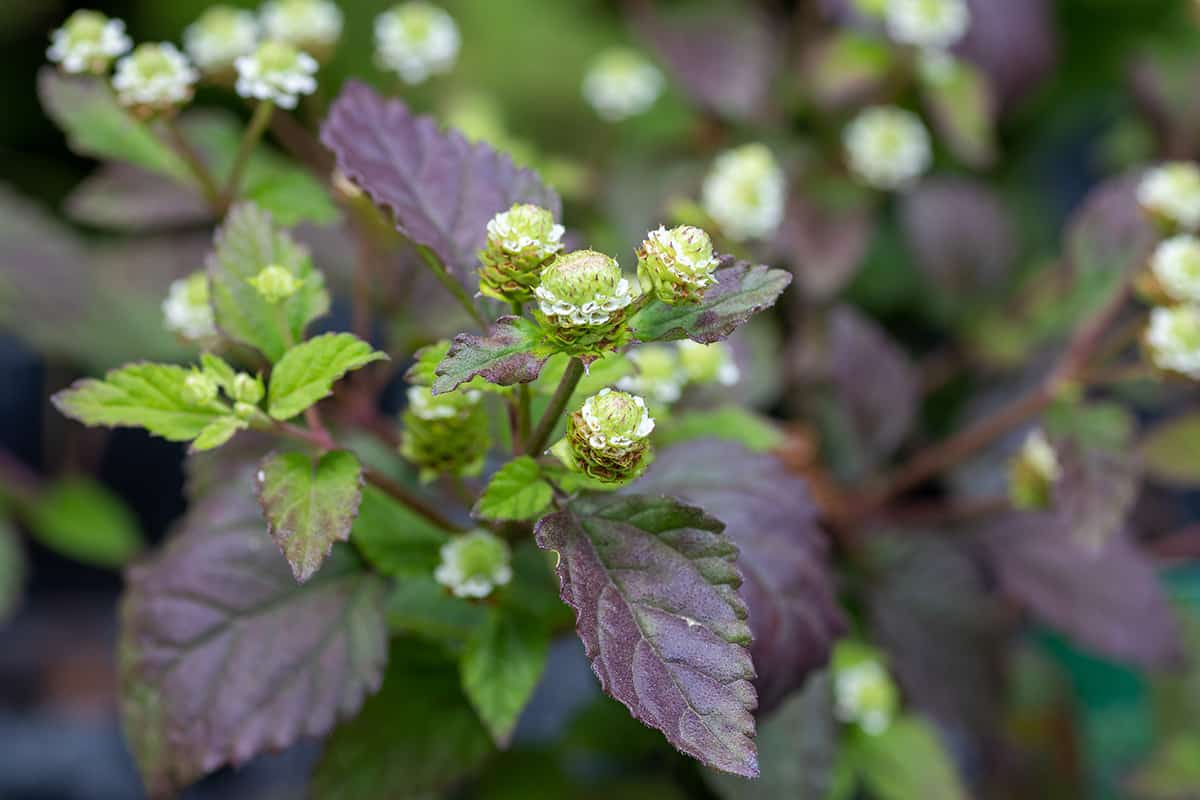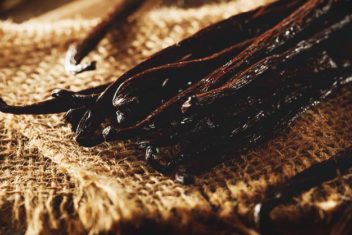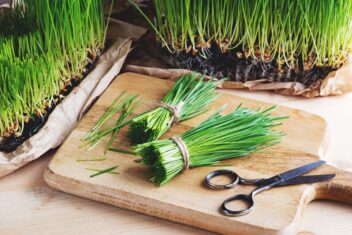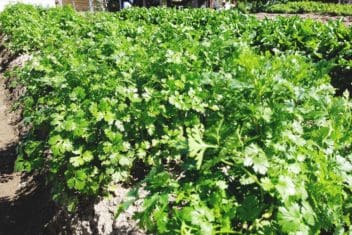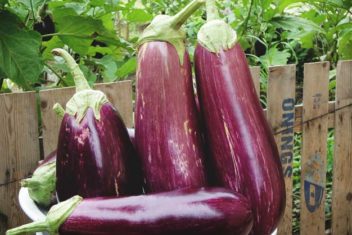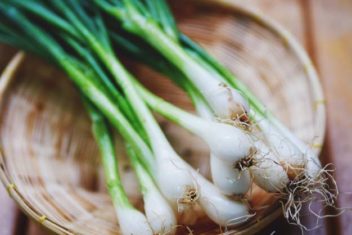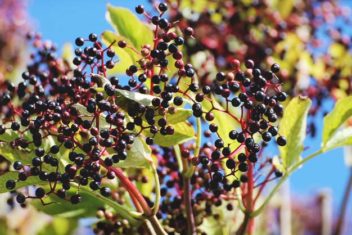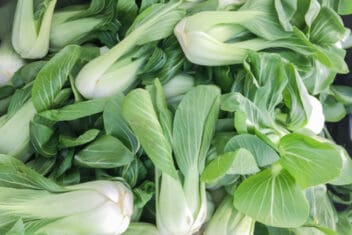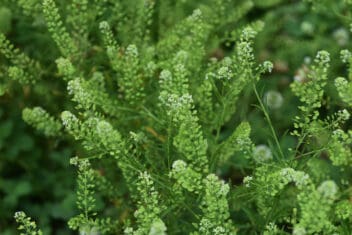I’m a herb enthusiast. I love how you can use them for culinary purposes and health, teas, topical ointments, and aromatherapy. It seems that the ones people have been cultivating for centuries are still around today for a good reason. That’s why I started growing Aztec sweet herb.
If Aztec sweet herb was important long ago and is still around today, that should tell you it’s a plant you should include in your herb garden.
If you’re as excited about herbs as me, check out how to go about growing this one, you won’t regret it.
What is Aztec Sweet Herb?
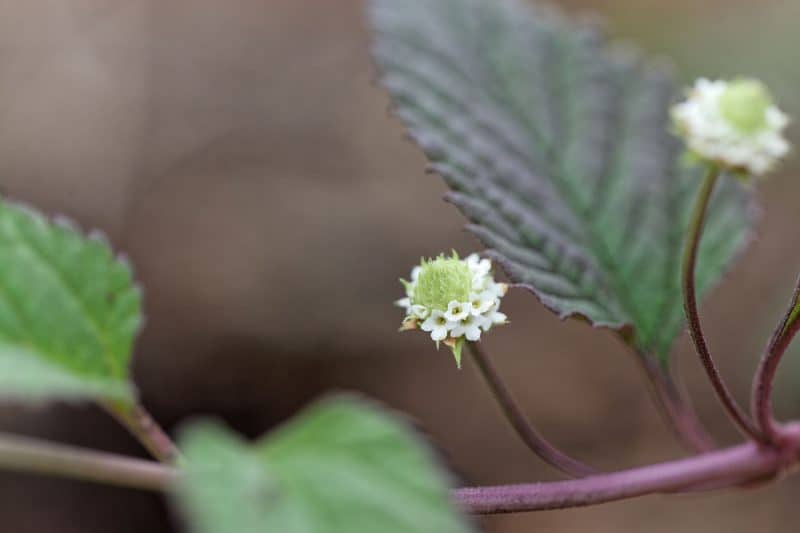
Aztec sweet herb (Lippia dulcis) is a heat-loving perennial herb from the Verbenaceae family. It’s also called Mexican lipia, bushy lipia, and honey herb.
Its use has been recorded at least as far back as 1570. The Aztecs introduced it to the Spanish, and it was known as a medicinal herb in Central America – where it grows in the wild – hundreds of years ago.
Being a creeping, low-growing herb, it fits into most herb gardens as a ground cover. Although often grown as an ornamental, it’s the same old useful herb the Aztecs used for so many things centuries ago.
Even if you just grow it as a sweetener for herbal tea, you get more benefits from it than just sweetness. By the way, it’s said to be over 1000 times sweeter than refined sugar. That’s sweeter than stevia by miles.
Watch out, though. The leaves contain a high amount of camphor. You only want to eat a leaf or two at a time. Given its intense sweetness, you probably won’t want to eat too much in one go, anyway. Historical records show that the Aztec people only used this plant medicinally and not as a sweetener, so you may want to take a cue from them.
How to Plant Aztec Sweet Herb
Aztec sweet herb is hardy in zones 9 to 11. It needs full sunlight, especially when the cooler months come. My Aztec sweet herb really wasn’t happy unless it got at least several hours of sunlight each day.
The soil pH should be around 6 to 8, although as long as there is well-fed soil, Aztec sweet herb will provide you with continuous foliage. Make sure the soil is well-draining because this herb doesn’t like wet feet or even sitting in soil that’s too damp all the time.
When the temperature drops below 50ºF, the green leaves turn red. Unfortunately, temperatures any lower than 48ºF will likely kill your plant, so you will need to move it inside if it’s in a container.
Speaking of, you can grow Aztec sweet herb in pots and containers. The root system is not extensive and can easily grow in a contained area. They look good trailing over the edges of mixed-herb pots.

Aztec sweet herb generally grows 12 inches high and three feet wide when the conditions are right.
Planting Seed
When you plant the seeds outdoors, barely cover them with soil. Plant about 10 to 12 inches apart (or closer, depending on how thick you want your ground covering) and water well, but don’t overdo it. Plant in spring after all frosts have passed, and you should see germination in as little as 14 days or up to 30, depending on the area, warmth, and soil.
If you want to start your seed inside, you can do so at least six weeks before you plan to plant outside. Use a good quality seed raising mix and plant one seed per 4-inch pot. As with planting direct, barely cover the seed with soil and keep the medium moist with a spray bottle.
Once the plants have reached a few inches tall, transplant them into the garden after a week of hardening off. Transfer the individual plants to bigger pots if you aren’t ready to transplant outside or if you intend to grow them indoors.
Aztec sweet herb seeds are hardy and remain viable for years as long as they are kept warm and dry. To collect the seeds, allow the flowers to go to seed. Pick a few and let the seeds dry before shaking them loose and storing them in a sealed container.
Planting Seedlings
You may find seedlings easier to get a hold of than seeds, and they have the benefit of maturing faster, so you can dig into those sweet leaves sooner. Dig a hole the size of the container that the plant came in and put them about 18 inches apart. Tamp the soil down well and water deeply.
Planting Cuttings
If you can’t find seeds for sale, you can take cuttings from an existing plant. For the best results, wait until late spring and take a cutting at least eight inches long. Cut from a new stem or branch.
Dip the bottom inch in root hormone and plant in a pot with good quality seed raising mix, which is around the right soil pH and texture for this herb. Keep the soil moist until the roots form.
Plant more than you think you’ll need so that you have enough in case a couple don’t take.
Instead of seed raising mix, you can also soak the stem in a glass of water and watch the roots develop. Move to seed raising mix when the roots have formed and aren’t too long.
Planting Divisions
This is my favorite method and something to consider if you are lucky enough to know someone who already has a healthy Aztec sweet herb plant.
Dig around the root ball before removing the entire plant and root system. Use a spade to divide the root ball in half or quarters and replant. Do this when the plant is dormant, or the growth has slowed down in winter or late fall.
Planting in Containers
This is a good option if you live in an area where the summers are warm, but the winters get a little too cold. You can move the Aztec sweet herb inside during winter because it won’t tolerate temperatures below 46ºF.
This plant looks particularly good in hanging baskets, containers or trailing down layered gardens and walls.
Caring for Aztec Sweet Herb
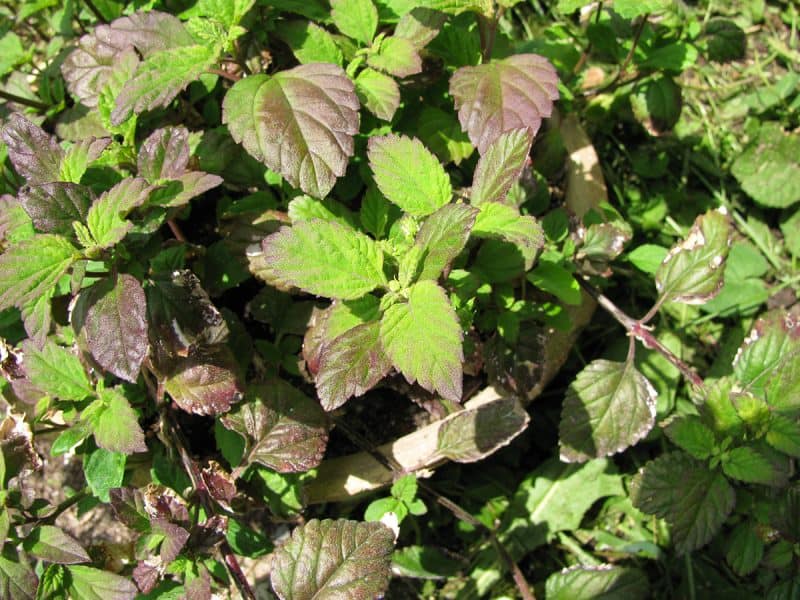
Once established, Aztec sweet herb keeps growing through neglect. It’s certainly not a plant that needs lots of attention. In fact, it sends out runners as mint does, and you might discover it popping up in places you didn’t expect. Some people grow this herb in containers in the ground for this reason.
Fertilizer
As far as fertilizer goes, Aztec sweet herb doesn’t require much extra feeding. At most, dig in fertilizer or use liquid fertilizer once a season. Even the Aztec sweet herb in containers and hanging baskets don’t require fertilizing often, so feed twice a season or so.
Water
Water well, but don’t overwater. Allow the soil in the garden, containers, and hanging baskets to dry out a little before re-watering. Water the base of the plant, not the leaves.
Pruning
There isn’t any need to prune or cut back Aztec sweet herb. It is a compact herb, for the most part. Just be ready to pull up any runners that grow in areas where you don’t want them.
Sometimes it will grow to just 12 inches tall and spread to an indefinite length. In this case, cut it back to the size and shape you want.
Companion Planting for Aztec Sweet Herb
Aztec sweet herb is the perfect companion for any herb that likes similar conditions, especially those that grow with a little height. Try it with:
- Rosemary
- Dill
- Tarragon
- Sage
- Parsley
- Lemon verbena
Common Problems and Solutions for Growing Aztec Sweet Herb
Aztec sweet herb is relatively pest and disease-free but does suffer from a few common issues, especially rust and mildew issues.
Rust
Common rust is typical of herbaceous perennials like Aztec sweet herb. When rust is in its early stages, you may see white, raised spots on both the outside and undersides of leaves. Rust seems to attack older plants rather than the young.
Over time, the white rust becomes yellowish and green. You may see little black spores appear all over. Rust doesn’t kill most plants, but they do lose vigor over time. A bad case makes it impossible to use the leaves.
Use regular sprays of neem oil and try not to water on the foliage. With ground cover or plants that don’t grow tall, consider using a drip feeder system or other irrigation.
Powdery Mildew
This is another common aliment sometimes affecting Aztec sweet herb. Read our article on how to identify and treat this disease.
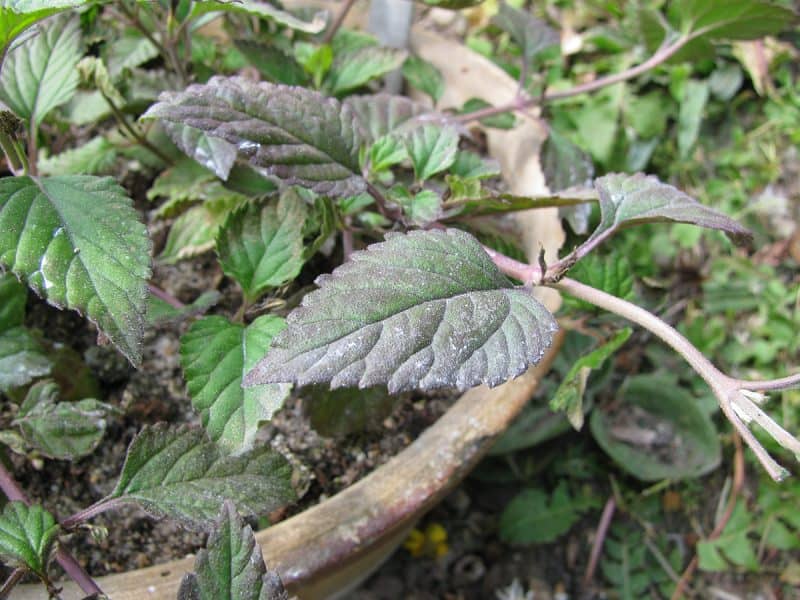
Aphids
Aphids love the sweetness of this herb and bring with them other problems like sooty mold, wasps and ants. To avoid all of these problems read our article on aphids here.
Harvesting and Using Aztec Sweet Herb
Sadly, many gardeners use Aztec sweet herb as an ornamental, but it’s so much more than that.
If you’re using the herb in the kitchen, use fresh leaves and stems because dehydrating them lessens the sugar content and taste, and concentrates the camphor.
You can use a few leaves to sweeten tea, top desserts, in fruit salads and blended into smoothies.
Medicinally, teas from Aztec sweet herb have been traditionally used to treat a range of conditions including, coughs, stomach and intestinal complaints, and menstrual disorders.
Whatever your reason for growing this incredibly sweet herb, it is definitely one to add to your herb garden for everyday and survival gardening.
Take a leaf and place it on your tongue and you’ll experience the incredible sweetness of Aztec sweet herb.
